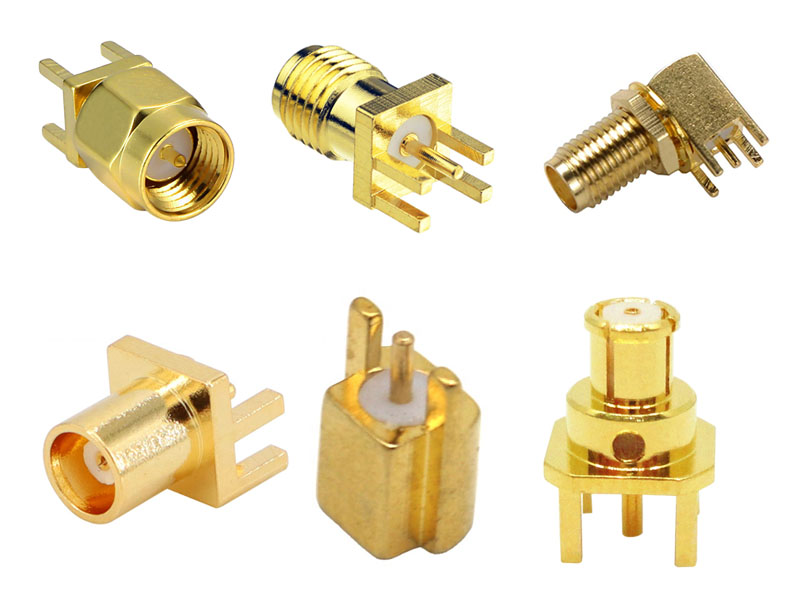-
We’re On Call 24/7 : +8613538296050
-
E-mail : anna@rohoconnector.com
We’re On Call 24/7 : +8613538296050
E-mail : anna@rohoconnector.com
The signal transmission rate of high-speed interconnect links continues to increase. As a carrier for devices and signal transmission, the signal integrity of printed circuit board coaxial connector boards has a critical impact on the electrical performance of communication systems. Especially for the large-scale commercial use of 10G and 25G+ products, the monitoring of PCB connector transmission line insertion loss (insertion loss) is an important means of control in high-speed PCB development and mass production.

The FD method (frequency domain method) is one of the five loss test methods approved by IPC. The basic principle is to select the S parameter of the VNA test transmission line and directly read the insertion loss value. During the test, the system error is corrected because the fixture will affect the transmission line loss result. According to the measurement requirements and accuracy specifications, the most common proofreading method is TRL. TRL adopts 12 error models. According to the design and testing of the straight-through, reflection and transmission line calibration components on the PCB board, 12 equations can be obtained. An unknown amount, using a calibration algorithm to move the reference surface to the end of the fixture (de-embedded).
In theory, TRL can remove the effects of random structural fixtures and obtain complete small parameters, so the loss test accuracy is extremely high. However, this method is complicated in calibration operation and low in detection efficiency. At the same time, additional space is required to design the calibration piece. The conformity of the calibration piece and the RF connector of the device to be tested is very high. The specified reflection is basically the same, so it is used in the laboratory today.